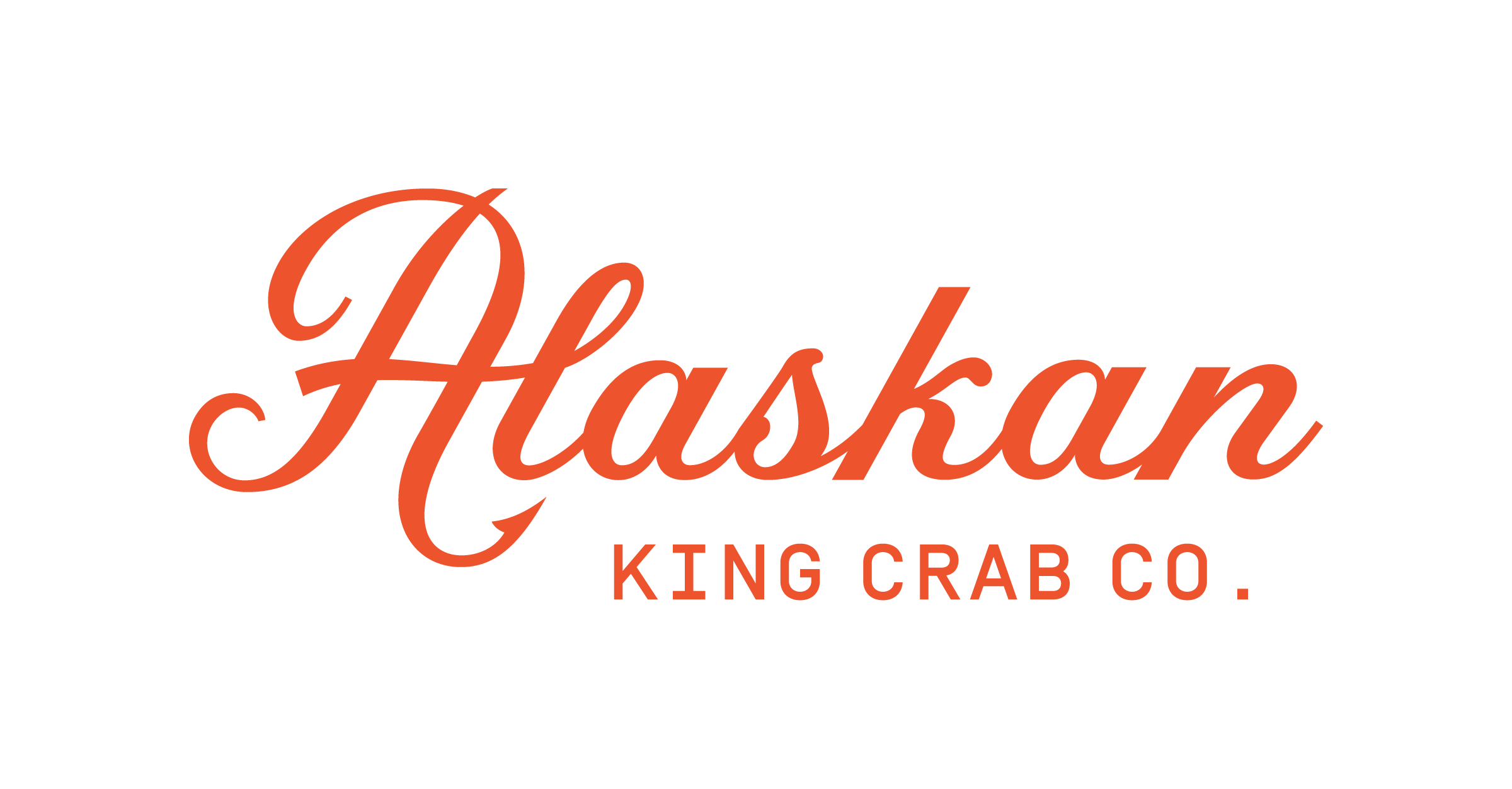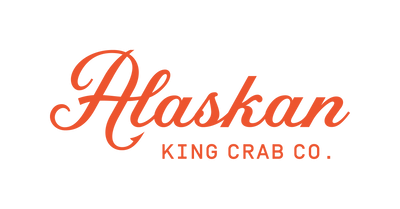How to Maintain Quality in the Salmon Business
“Attention commercial fishers: Drift fishing will be permitted from 7am until 10am today.”
Three times a day, fishing boats listen for this announcement over the local radio station in Bristol Bay, Alaska. If you’re caught fishing outside the designated times, repercussions are strict. Like, lose-your-boat strict. Sustainability regulations are written into the state constitution.
When it’s go time, Captain Tony Wood and his deckhands launch his 32-foot, flat-bottom boat into bay waters in search of sockeye salmon.
His boat is custom built for speed. Unlike the larger area fishing companies, Tony doesn’t have a “tender,” or vessel floating nearby, to drop fish off between catches. Instead, he must return to shore to unload each time his boat fills up. In and out with the tide.
This is one reason Tony’s business differs from other salmon fishers in the area. He’s also the only independent salmon fishermen and processor in Bristol Bay, handling his entire supply chain, from boat to processing to selling.
So however many trips it takes, it’s worth it to him to be able to control the process and quality.
Guiding His Destiny
Before he was a fisherman, Tony owned an air taxi and guide business. For 12 years, he piloted visitors to the prime fishing and hunting spots in Bristol Bay, and a lot of the time, he was helping them locate salmon.
“I was used to having high quality wild salmon anytime,” says Tony. “But everyone coming up from the lower 48 couldn’t get wild salmon back home, so that was all they wanted.”
Tony never considered fishing for that salmon commercially, until one day a friend asked him to help out.
“It was a lot more sport than I thought it’d be. It was challenging and exciting figuring out how to scout the salmon, where to position yourself, and watching them hit the net.”
So in 2001, he began commercial fishing himself. And it didn’t take long for him to realize some big problems with the industry in Bristol Bay: the way the large companies dictated the market, the way salaries were market-based so fishermen don’t know what they’d made until the season closed, how an alarmingly low percentage of salmon were chilled at their point of harvest.
For these reasons and more, he decided to do things differently. Tony wanted to control his own destiny as a fishermen — as well as his price.

Independence at a Cost
In 2003, Tony went completely independent, marketing all his fish directly to consumers. This was no easy task. Not only would he need his own boat, he’d have to build his own processing plant too — as well as everything that came in between.
“I’ve had to solve every problem that came with controlling your supply chain,” Tony says. “The interesting thing about the processing business is that if you increase your capacity in one corner — for example, your boat can hold more fish — then you have to increase it everywhere else — your freezer size, the number of employees to handle the fish, the ability to feed and transfer those employees.”
For Tony, business has always been a family affair. Six people work with him year-round, including his wife, mother-in-law, and now young son. He then hires additional people for the intense short season, from June to August. (What’s even more intense is that 80% of the fish are typically caught in a two-week time period.)
“It’s all hands on deck during that time. Our friends and family come up and work with us and help babysit.” He has 2-4 deckhands on the boat with him and 16 processors at the plant. He also has an engineer, a mechanic, a cook, and full-time assistant.
In preparation, Tony does all of his shopping for the season in Seattle in February, and then ships the supplies via barge northward. April is the first barge’s arrival in Bristol Bay, and when his team gets things started again for the new year. Throughout the season, his business does about 90% sockeye and 10% king, silver, or chum salmon.

Lay of the Land — and Sea
The larger fisheries of Bristol Bay have 80-200 foot tenders floating out with their fleet. Their fishing boats can then drop off their load and promptly return back out to fish. The downside to this process is that at that point of drop off, the fishing boat that caught the fish becomes anonymous. The product quickly becomes a part of the larger entity, and the boat and captain become untraceable. And with untraceability comes unaccountability.
For Tony, he takes every salmon catch all the way back to shore. Because of this, his boat is built to pull right up to the beach to unload.
As the fish come onto Tony’s boat, his crew ices and bleeds them right away and puts them in soft coolers. Once ashore, his team submerges the fish in a salt slush, which allows the ice water temperature to get down to about 28 degrees. They then load the product into his fleet of trucks, and send it to his processing plant, three miles from the beach.
At the plant, the fish is processed and frozen the same day it’s caught, then packaged into the form in which it’ll be shipped. Some fish he ships fresh.
The advantage of this same-day processing is quality. His salmon isn’t sitting on a tender or at risk of being deck-loaded and bruised.
After 14 years in business, Tony’s biggest lesson learned is how to maintain quality. As soon as his boat gets full, he stops fishing.
“I’d rather have 10,000 pounds of high-quality fish than 15,000 pounds of poor quality. My name and face is on every package that leaves my plant. My customer knows who I am, and so I must be accountable.”
##
The Fish Guys, Inc., is proud to partner with fishermen and women like Tony Wood, compromised to a high-quality product and sustainable process.






